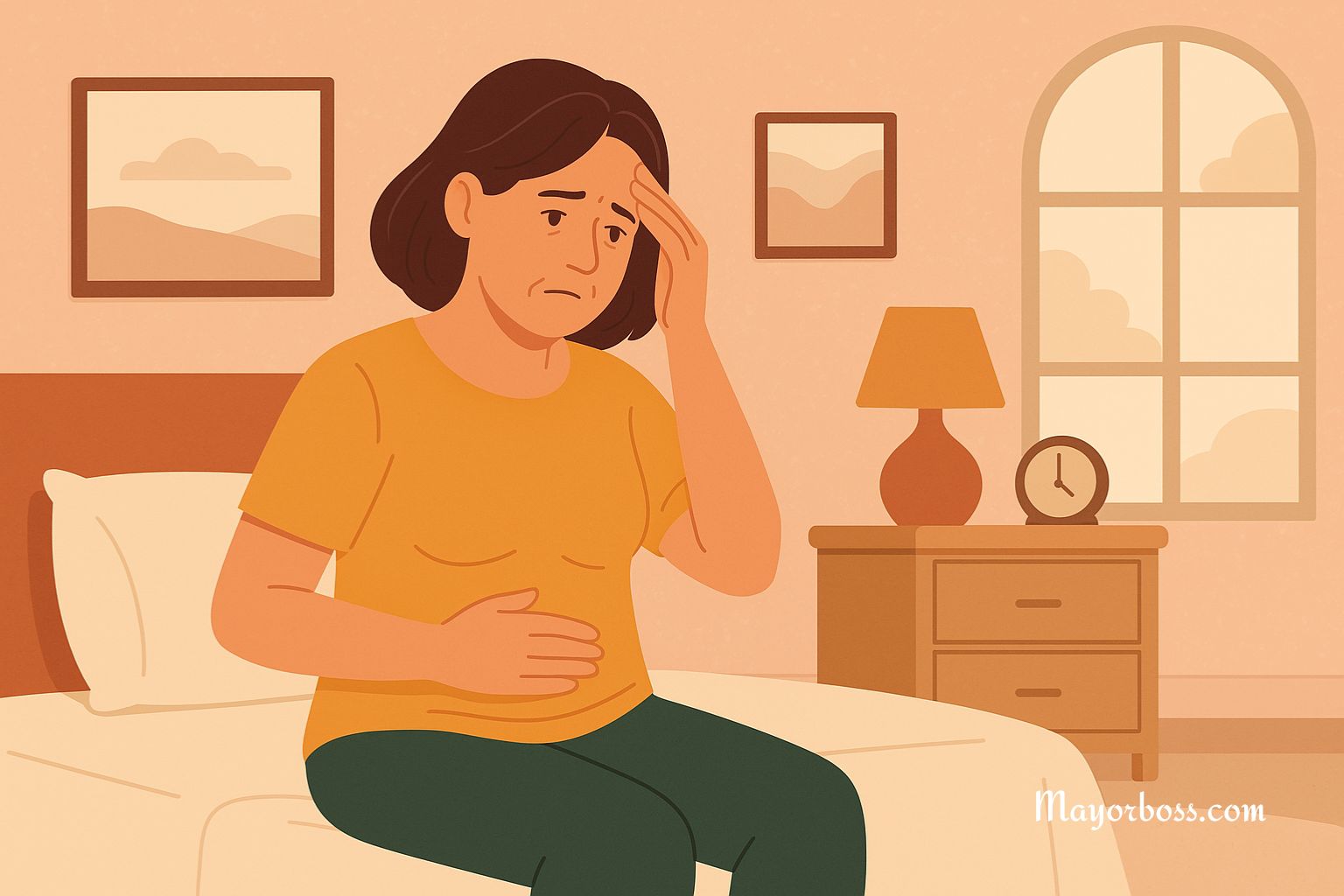The Hidden Signs of Non-Alcoholic Fatty Liver Disease
Non-alcoholic fatty liver disease, often shortened to NAFLD, is a condition where fat builds up in the liver of people who drink little or no alcohol. It’s now one of the most common liver problems worldwide, especially among people with obesity, diabetes, or high cholesterol. But here’s the challenge—most people don’t know they have it. In the early stages, it often causes no pain, no warning, and no obvious symptoms. That’s why it’s important to know the hidden signs before the condition worsens.
Keep on reading to learn more about it.

What Is Non-Alcoholic Fatty Liver Disease?
Your liver works hard to clean your blood, digest food, and store energy. But when too much fat builds up in liver cells, it can begin to interfere with those jobs. NAFLD starts quietly. Over time, it can lead to a more serious condition called non-alcoholic steatohepatitis (NASH), which causes liver inflammation and damage. Left untreated, it may lead to scarring (cirrhosis) or even liver failure.1
Who is at Risk of Non-alcoholic Fatty Liver Disease (NAFLD)?
NAFLD is most common in people who:
- Are overweight or obese
- Have type 2 diabetes or insulin resistance
- Have high cholesterol or high triglycerides
- Have metabolic syndrome
Even people who appear healthy on the outside can have a fatty liver if their blood sugar or cholesterol levels are high. Some may have a genetic tendency to develop it as well.2
Hidden Signs of Non-Alcoholic Fatty Liver Disease
Fatigue
One of the earliest signs of NAFLD is persistent tiredness. People often feel worn out, even after a full night’s sleep. This type of fatigue is not caused by physical activity or lack of rest—it’s deep and constant. It happens because the liver isn’t working efficiently, which can leave you feeling sluggish and low on energy.3
Mild Abdominal Discomfort
NAFLD doesn’t usually cause sharp pain, but you might feel a dull ache or a sense of fullness in the upper right side of your belly. That’s where the liver sits. It’s often easy to ignore or blame it on gas or indigestion, but when it happens often, it might be your liver trying to get your attention.
Unexplained Weight Gain (Especially Around the Belly)
Even if your diet hasn’t changed much, you might notice stubborn weight gain, especially around the waist. This type of belly fat is a risk factor for insulin resistance and fatty liver. The liver stores extra fat when the body doesn’t handle sugar properly, which is common in metabolic syndrome.
Brain Fog
A struggling liver can affect how clearly you think. People with NAFLD sometimes report problems with memory, focus, or decision-making. This “brain fog” can sneak up slowly and is easy to overlook. But when your liver isn’t breaking down toxins well, those waste products can build up and impact your mental clarity.
Dark Patches on the Skin
A condition called acanthosis nigricans can appear in people with insulin resistance and fatty liver. It shows up as dark, thick patches of skin, usually on the neck, under the arms, or in skin folds. While it doesn’t hurt, it’s a sign that the body isn’t processing insulin well—and that can go hand in hand with liver fat buildup.4
Elevated Liver Enzymes on Blood Tests
Most people with NAFLD find out they have it because of abnormal liver blood tests, not because of symptoms. Your doctor might see slightly raised levels of ALT or AST enzymes during a routine exam. These enzymes leak out when the liver is irritated or inflamed, even if you don’t feel sick. An ultrasound or MRI can confirm the diagnosis.
What Happens If It’s Left Untreated?
If fatty liver is not addressed, it can progress to:
- NASH (Non-Alcoholic Steatohepatitis): Inflammation and liver cell damage
- Fibrosis: Scarring of the liver tissue
- Cirrhosis: Severe scarring that can lead to liver failure
- Liver cancer
Cirrhosis may cause symptoms like yellowing of the skin (jaundice), swelling in the belly or legs, easy bruising, or confusion. But that often comes years after the liver first started storing fat.5
What Can You Do?
The good news is that NAFLD can often be reversed—especially in its early stages. Keep in mind that there’s currently no particular medication for NAFLD, but making personal healthy lifestyle choices can help.6 Here’s how to support your liver health:
- Lose weight gradually if overweight—aim for 5–10% of your body weight
- Eat a healthy diet—focus on vegetables, fruits, whole grains, and lean protein
- Cut down on sugar and processed foods
- Exercise regularly—even 30 minutes of walking most days helps
- Avoid alcohol, even if the condition is non-alcoholic
- Manage diabetes, high cholesterol, or high blood pressure with medical guidance
When to See a Doctor
If you have risk factors or suspect any of these hidden signs, talk to your healthcare provider. A simple blood test or imaging scan can check for fatty liver. Early diagnosis gives you the best chance to stop the condition from progressing.
Source:
- https://www.mayoclinic.org/diseases-conditions/nonalcoholic-fatty-liver-disease/symptoms-causes/syc-20354567 ↩︎
- https://www.nhs.uk/conditions/non-alcoholic-fatty-liver-disease/ ↩︎
- https://pubmed.ncbi.nlm.nih.gov/18270241/ ↩︎
- https://pubmed.ncbi.nlm.nih.gov/16939948/ ↩︎
- https://www.mayoclinic.org/diseases-conditions/cirrhosis/symptoms-causes/syc-20351487 ↩︎
- https://www.nhs.uk/conditions/non-alcoholic-fatty-liver-disease/ ↩︎
